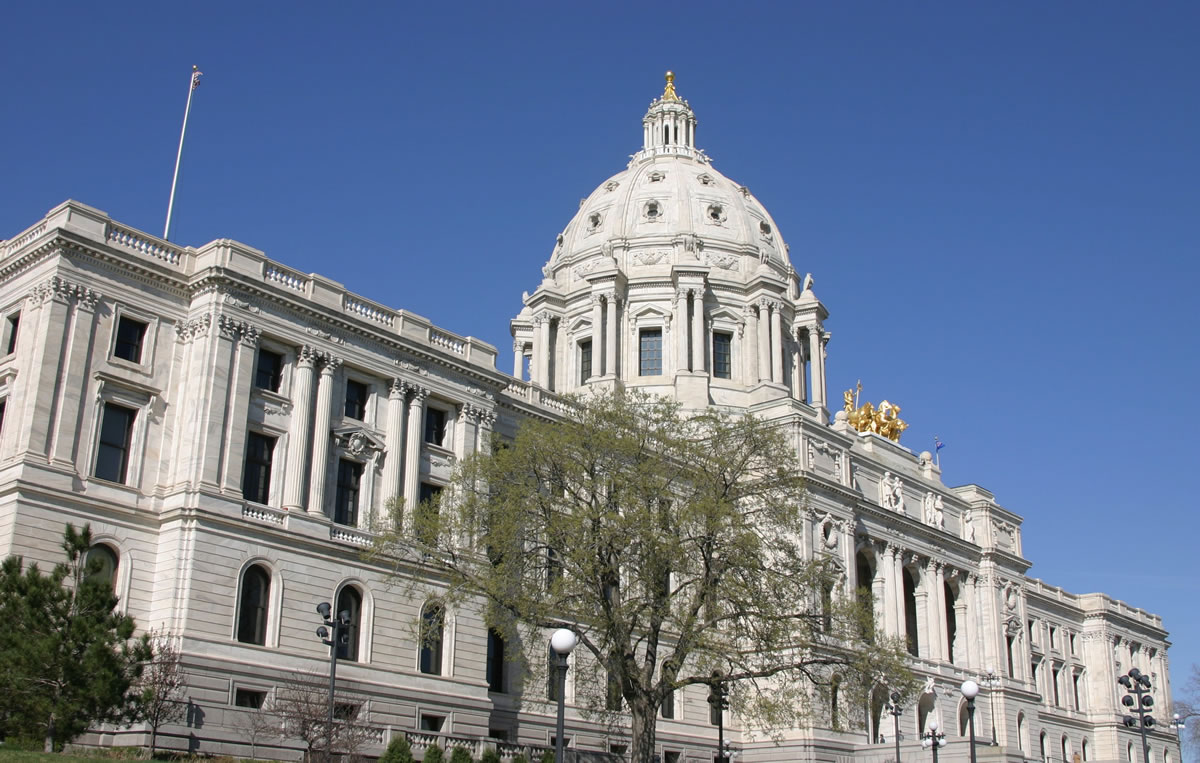

Share
The 2017 session of the Minnesota Legislature convenes Tuesday, with voters sending Republican majorities to both the House and Senate to face off with DFL Governor Mark Dayton.
Lawmakers will take up the unfinished business from this year, including a bonding bill to fund state infrastructure projects and a transportation bill.
Both bonding and transportation were and are top priorities for the state’s unions — but the new balance of power in the Legislature portends modest hope for outcomes satisfactory to labor.
Unions also are bracing for legislation targeting public services and collective bargaining rights.
“AFSCME members are prepared to protect our clients, our communities and our rights this session,” said Jennifer Munt, public affairs director for AFSCME Council 5, which represents local and state public employees. “Unions will be tested like never before and workers must be at the Capitol in force to resist.”
“The last time Republicans controlled the legislature, they shut down the state,” she noted. “Their cuts-only budget would have laid off 5,000 state employees. And the remaining workers would have qualified for food stamps as a result of Republican take-backs. We survived those threats in 2011-12.”
“Now, Republicans control the House and Senate, but they don’t have a veto-proof majority,” she observed. “That makes Governor Dayton our goalie. He can veto bills that would harm working families.”
“On defense, we’re ready to defend our collective bargaining rights, protect our pensions, and preserve local government control of minimum wages and parental leave,” Munt said.
“On offense,” she continued, “we’re ready to push for safe staffing, new revenue for transportation, a ban on private prisons, paid family leave for all workers, and state aid for cities and counties to fund critical public services and stabilize property taxes.”
“Education Minnesota is going to remain committed to preparing all Minnesota students for successful lives,” said Denise Specht, the state education union president.
“We’re going to hold onto the ideal that built Minnesota into one of the strongest economies in the nation. We believe one of the economic drivers of the state is a great public school system,” Specht said. “We believe great schools for everyone have been part of Minnesota’s success.”
To ensure continued success, Specht said, the state needs to address a current teacher shortage by taking steps to improve teacher retention and to attract new teachers. That means funding for more teachers and for more support personnel, she said, so teachers aren’t stretched thin in front of the classroom and over-stressed in dealing with student issues.
Right now, she said, teachers too often also serve as informal school nurse, school social worker, or school counselor. Teachers will be better able to focus on classroom teaching, she said, by “having more people in schools to help meet the needs of our students.”
In 2016, sharp differences between the Governor, DFL-led Senate and the Republican-led House failed to produce both a bonding bill and a transportation bill. Rural legislators’ opposition to funding the metro area’s Southwest light rail line likely will be a factor again .
Still, representatives of the state’s building trades unions expressed a degree of hope.
“The State Building and Construction Trades Council has a relationship with both sides of the political aisle,” said Council president Harry Melander. “We’re confident that friends of ours on both sides of the aisle will continue to advocate for Minnesota’s workers.”
Passing a bonding bill, he said, remains “very important to building trades families.”
“We’re going to see if we can get a sustainable transportation funding plan put together that’s bi-partisan,” said Kyle Makarios, director of government affairs for the North Central States Regional Council of Carpenters. “That’s our top priority.”

